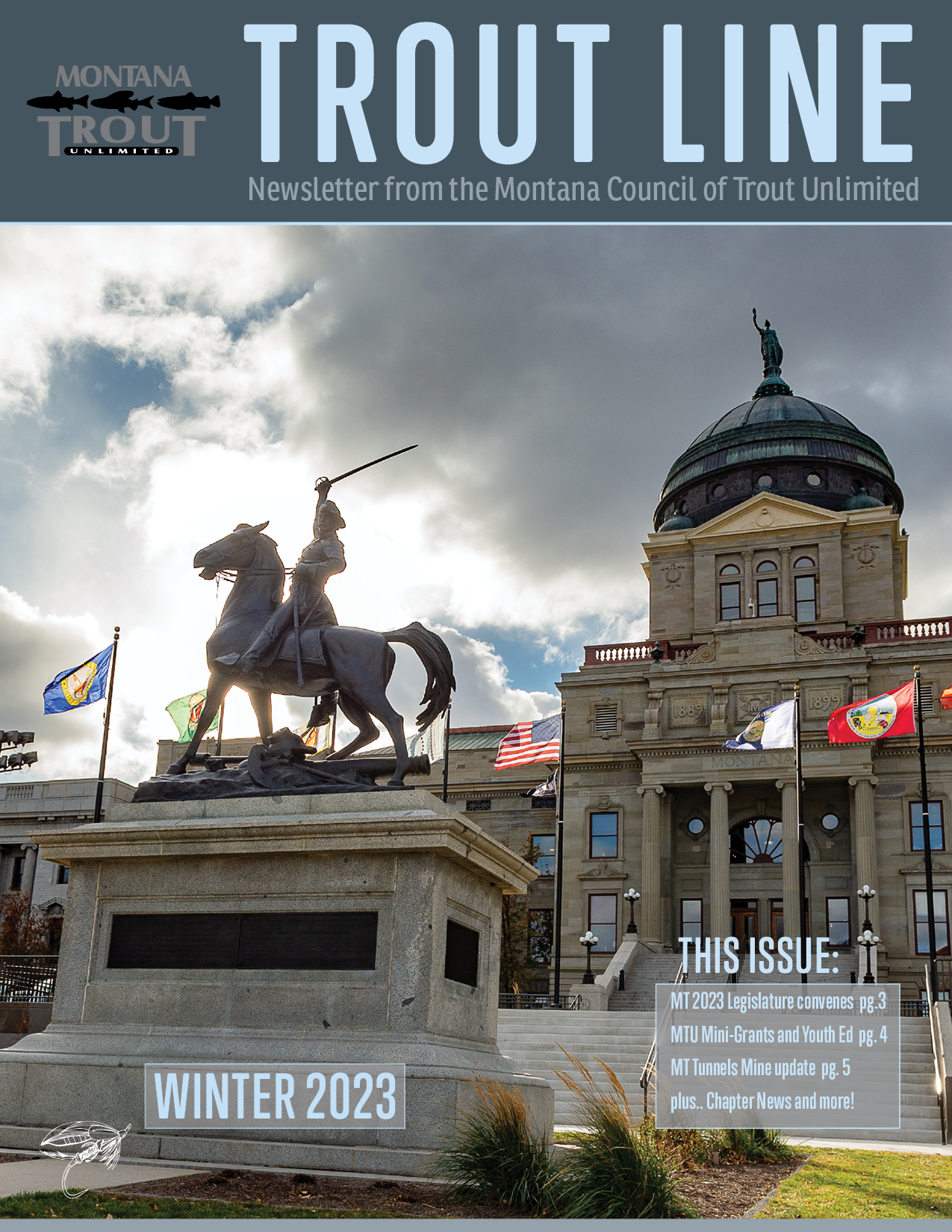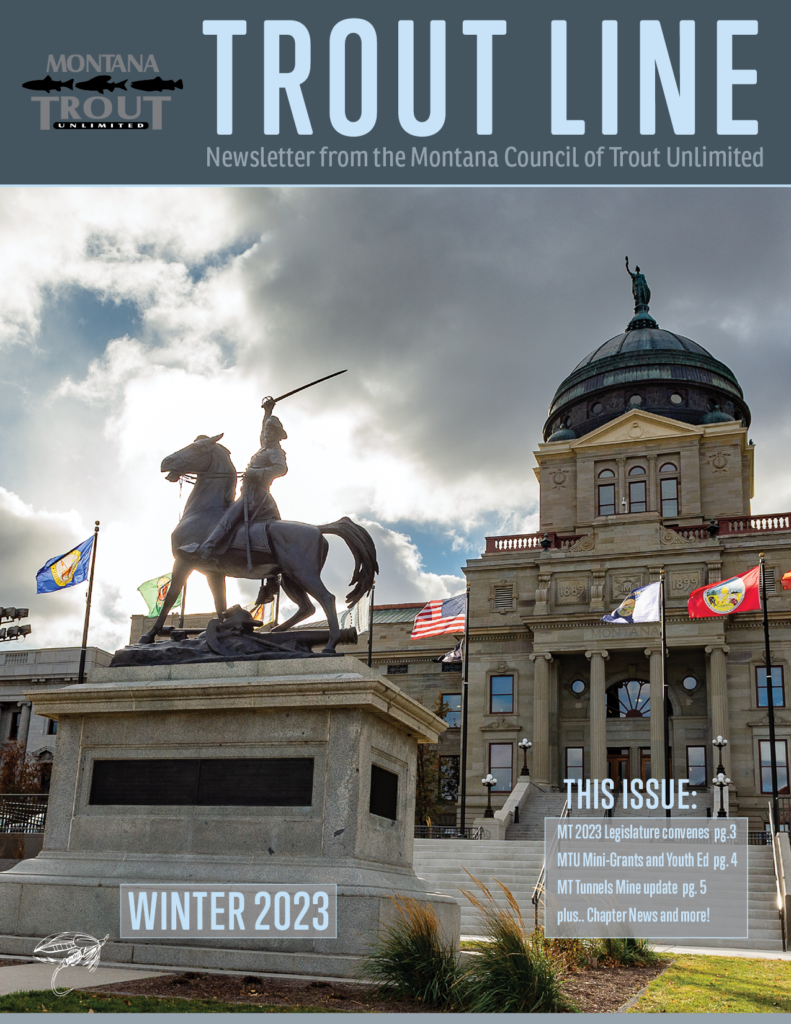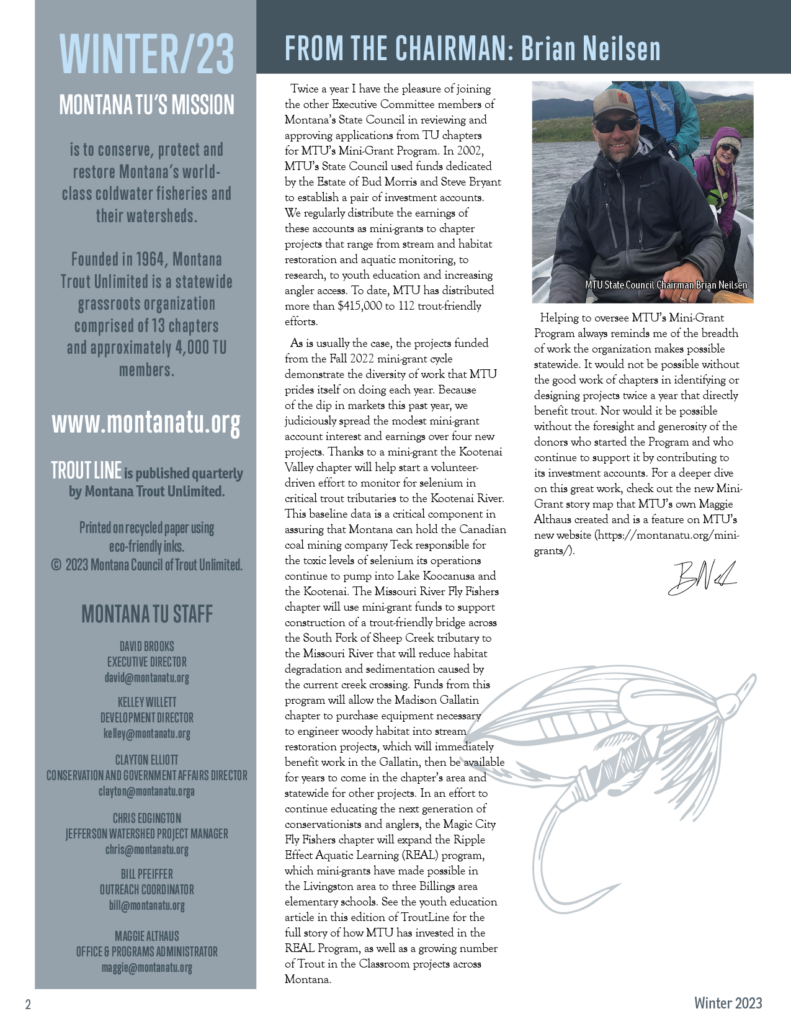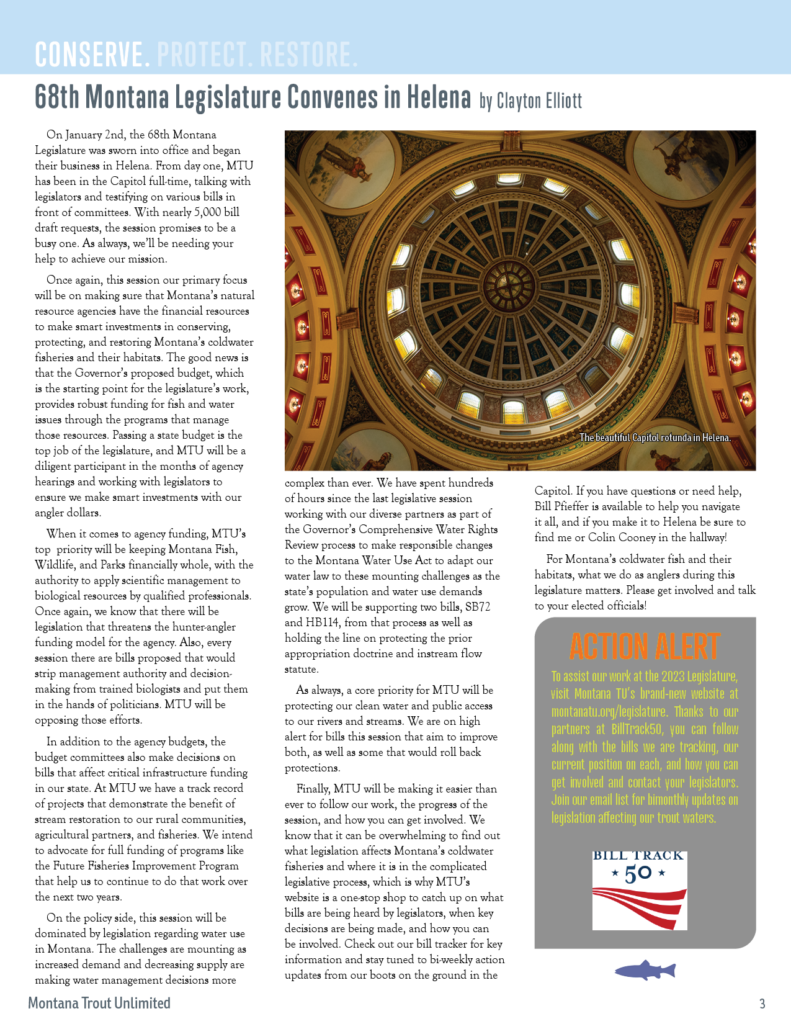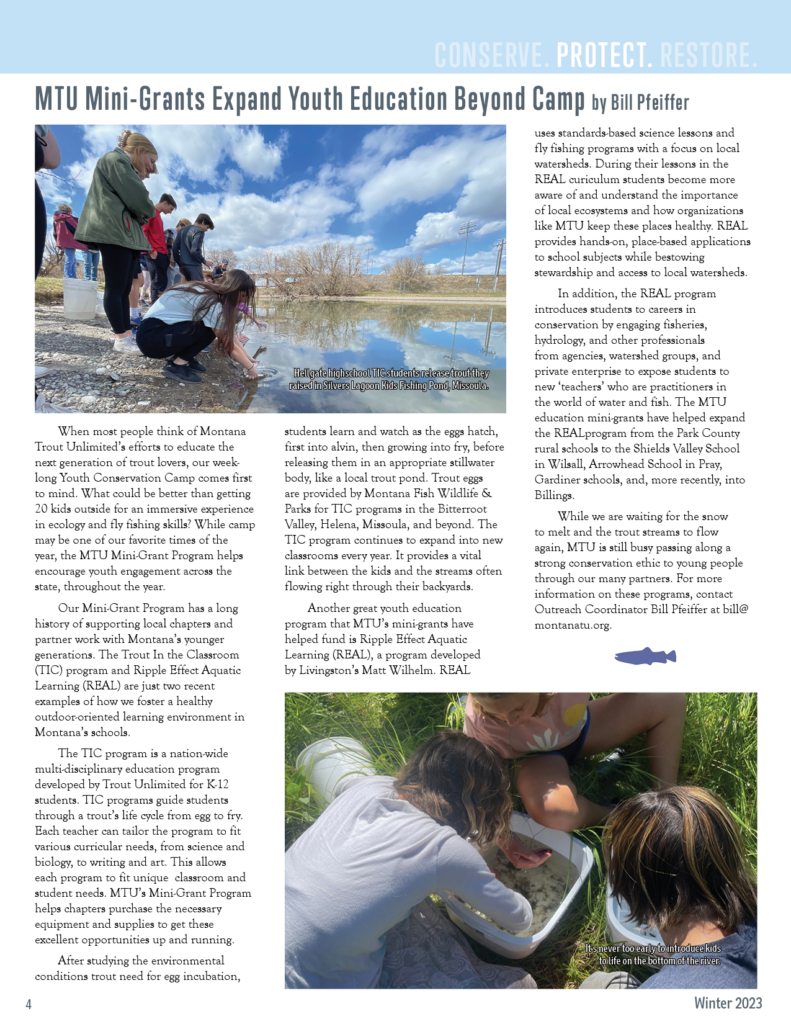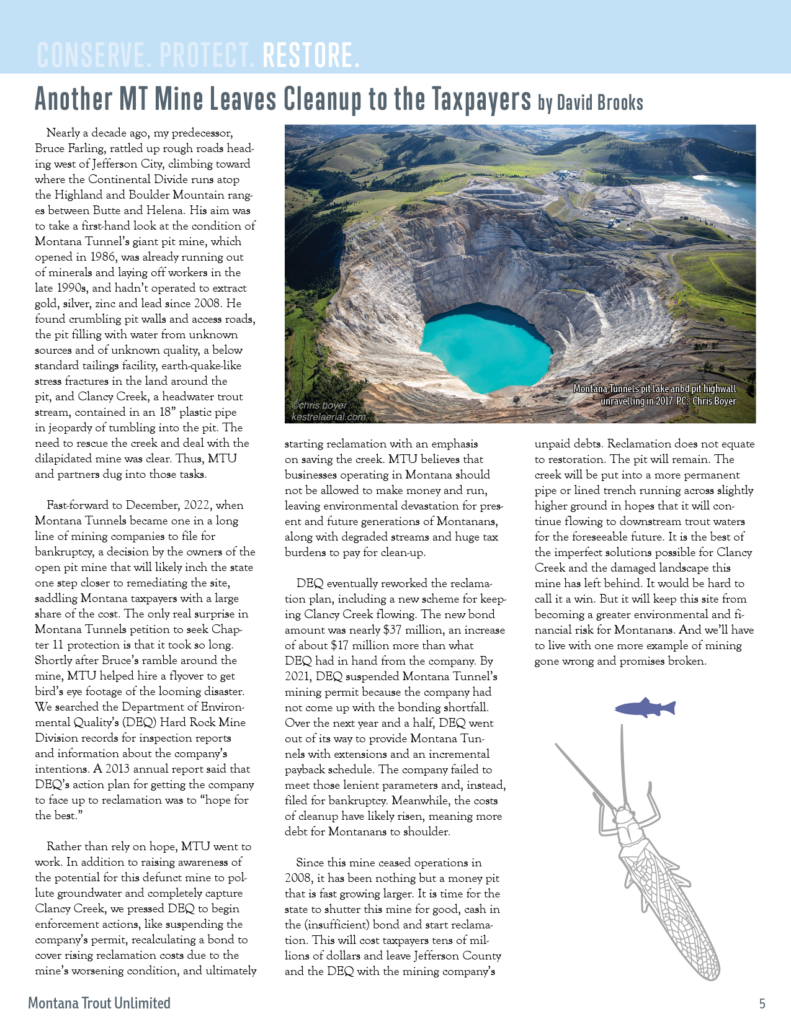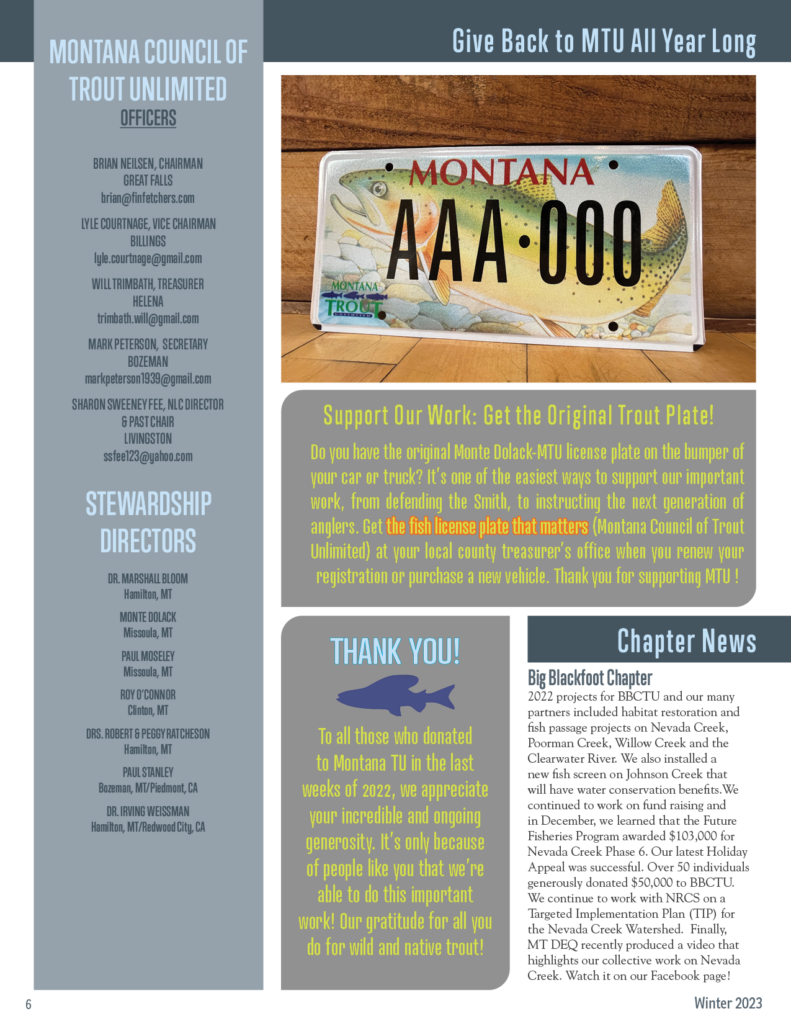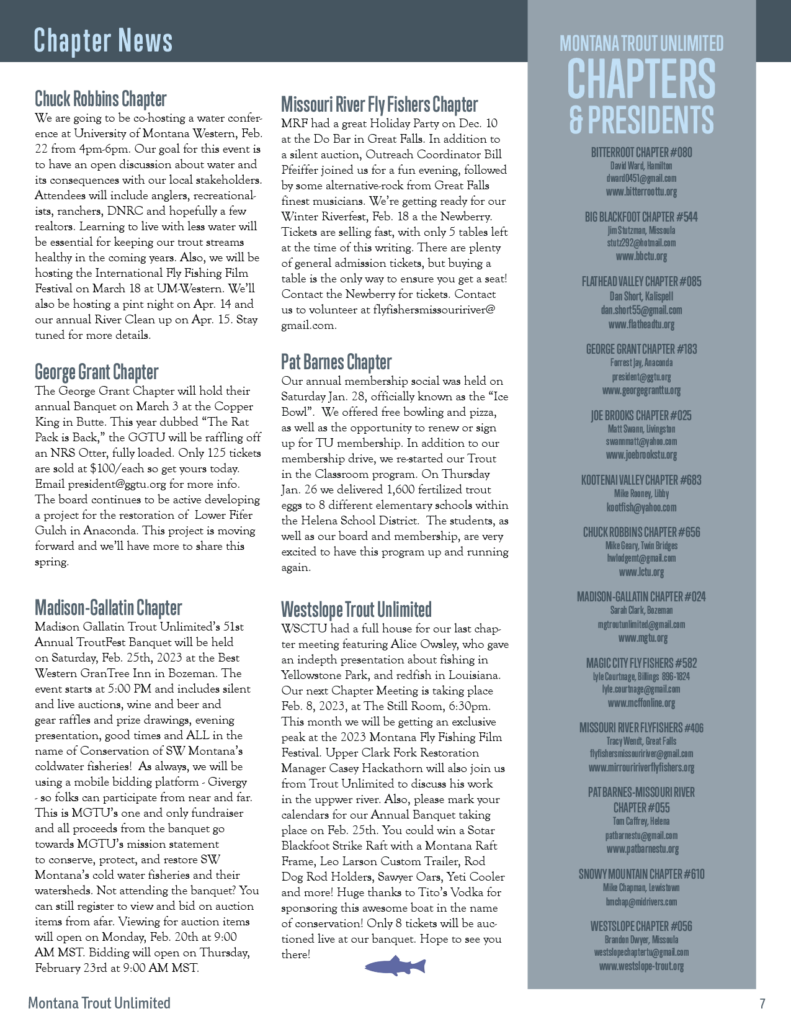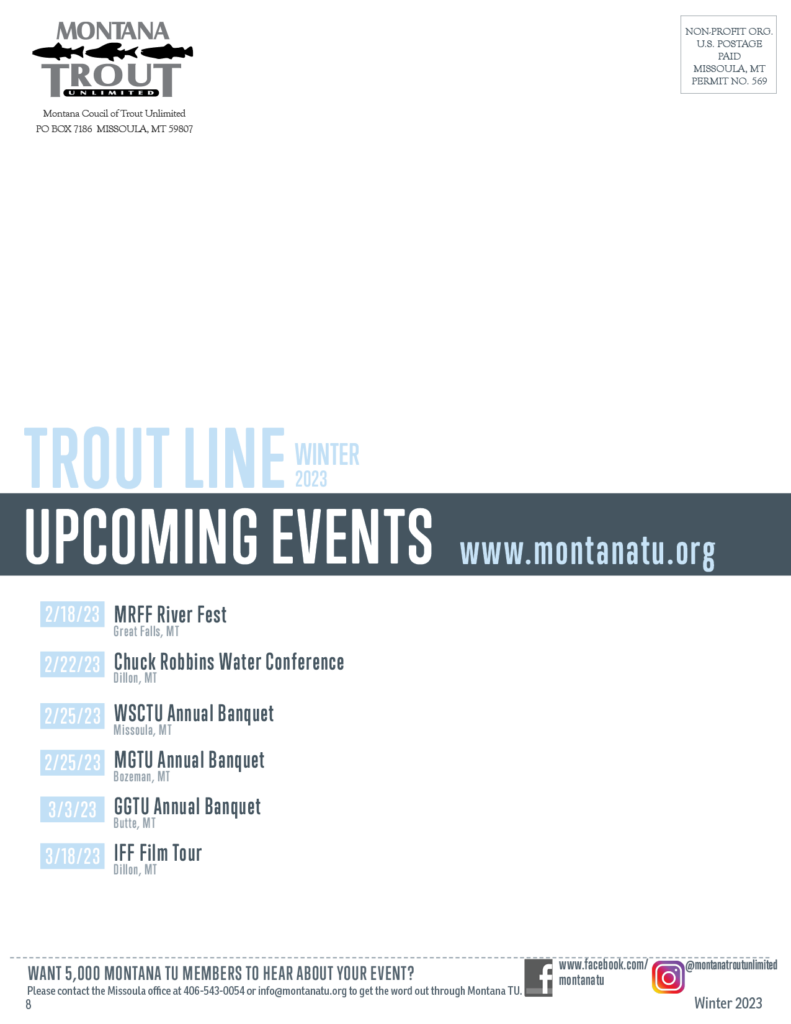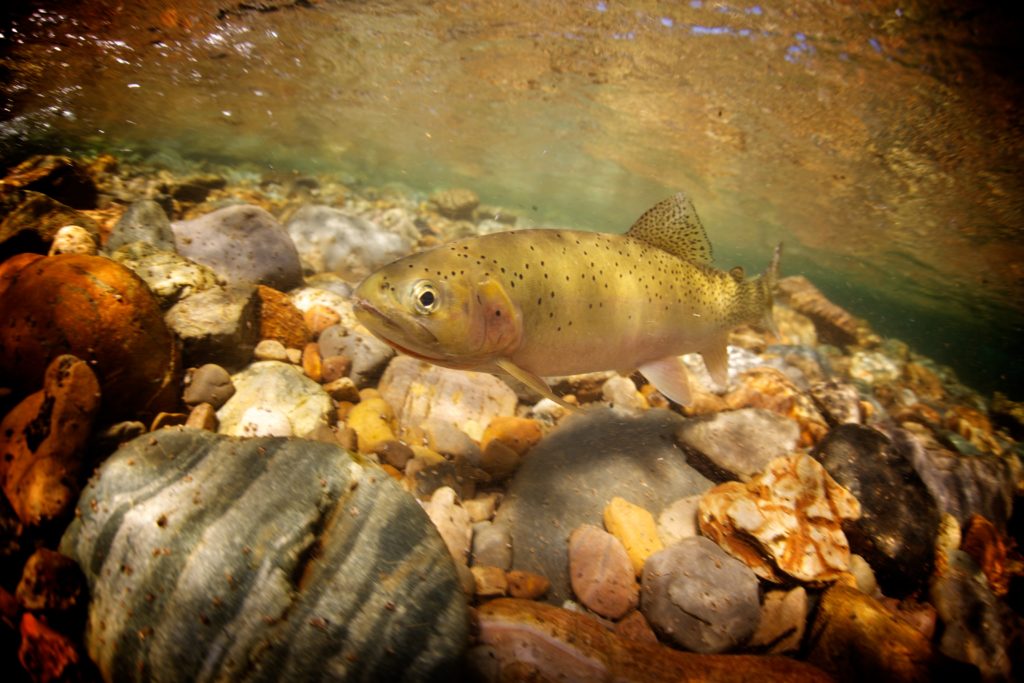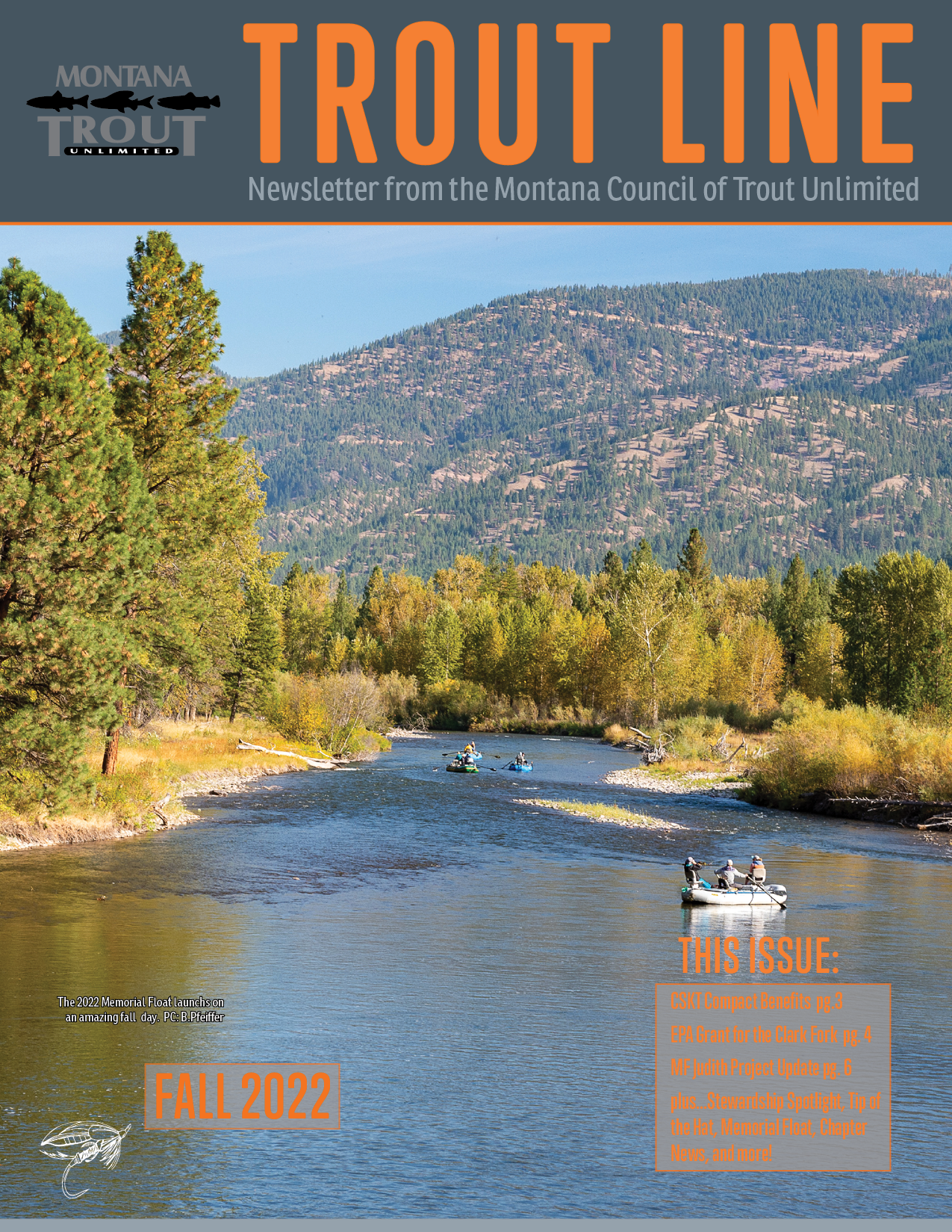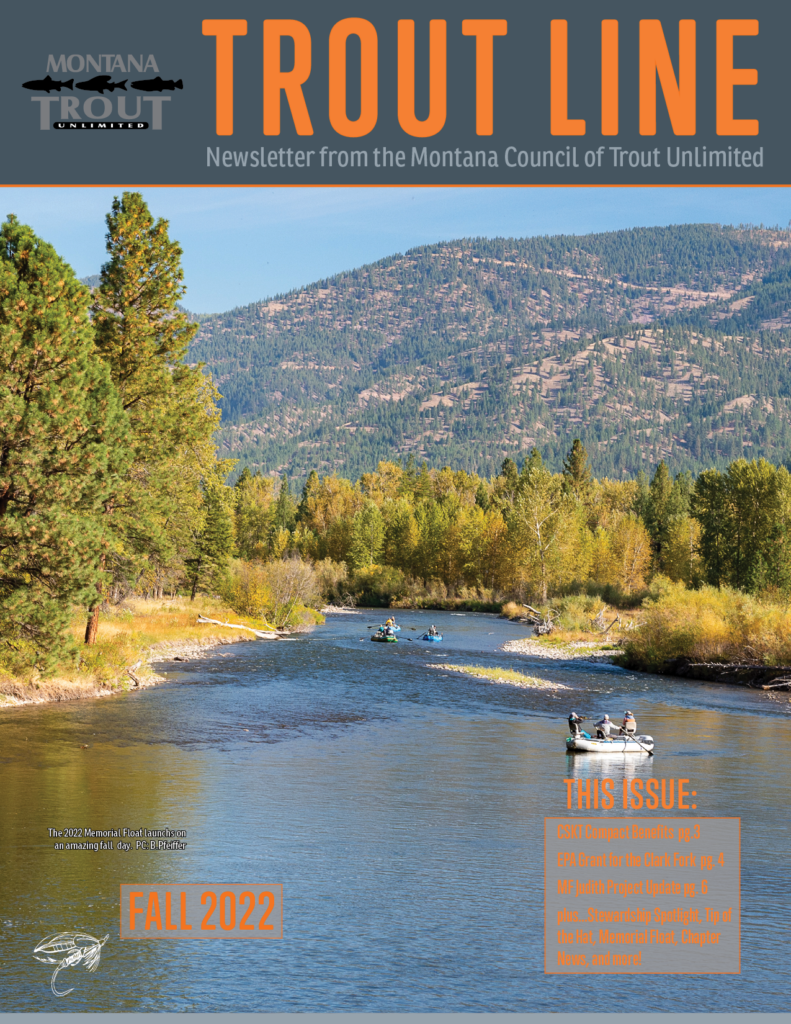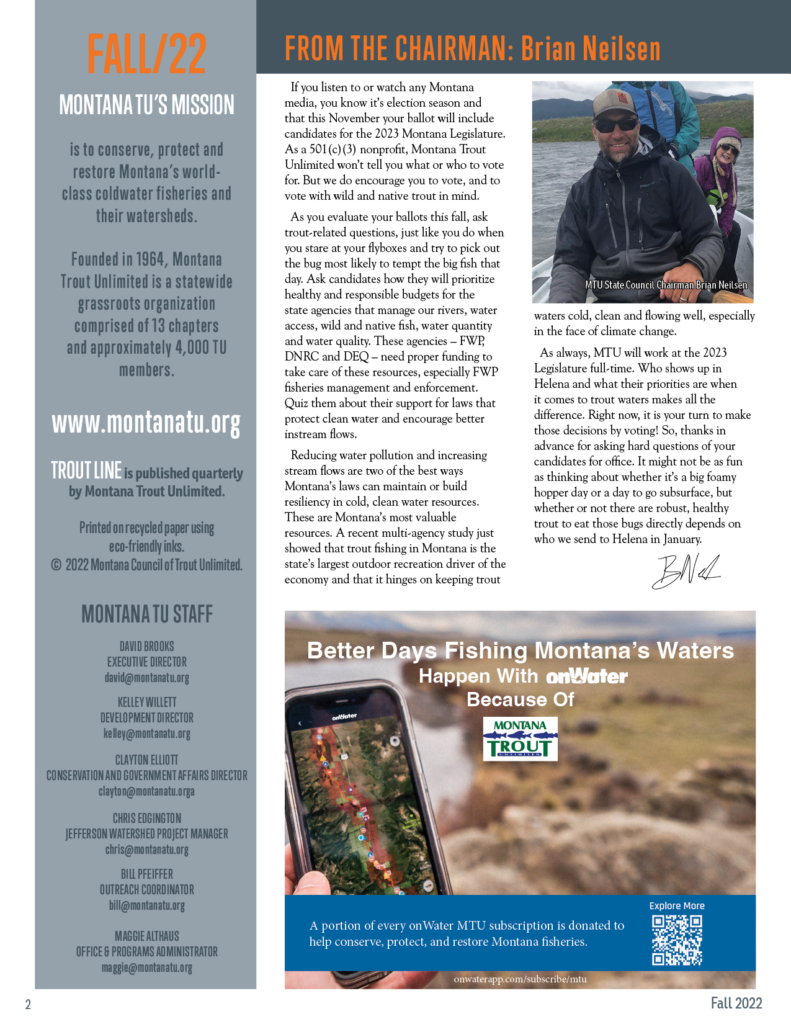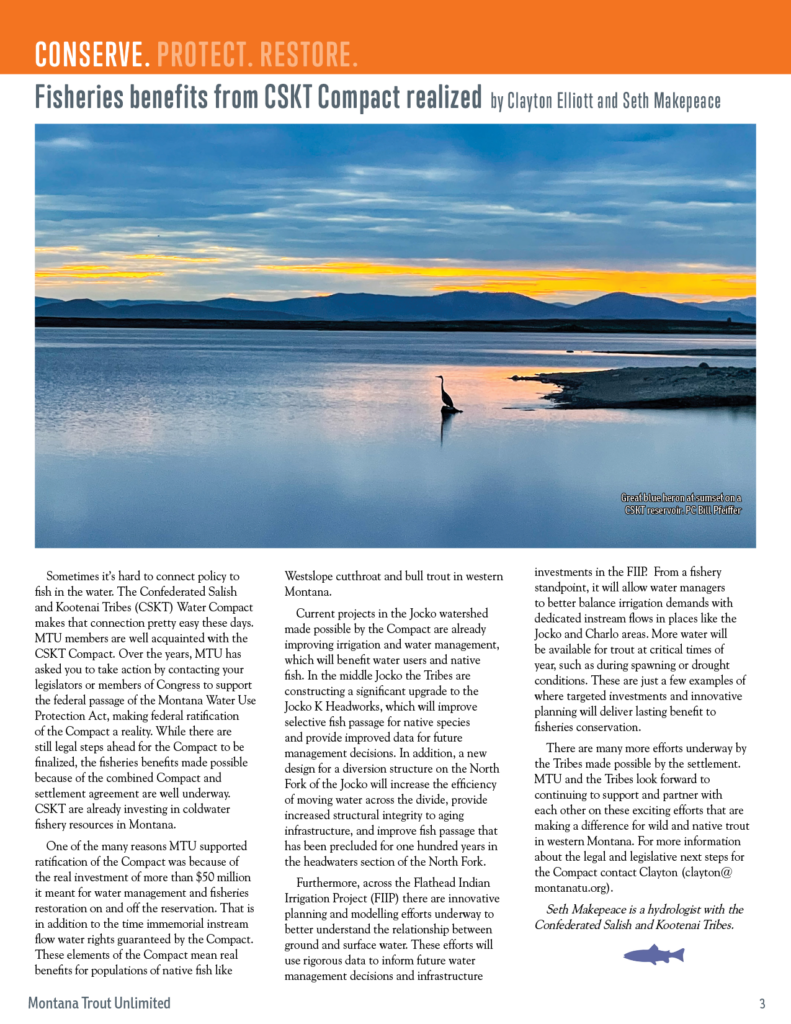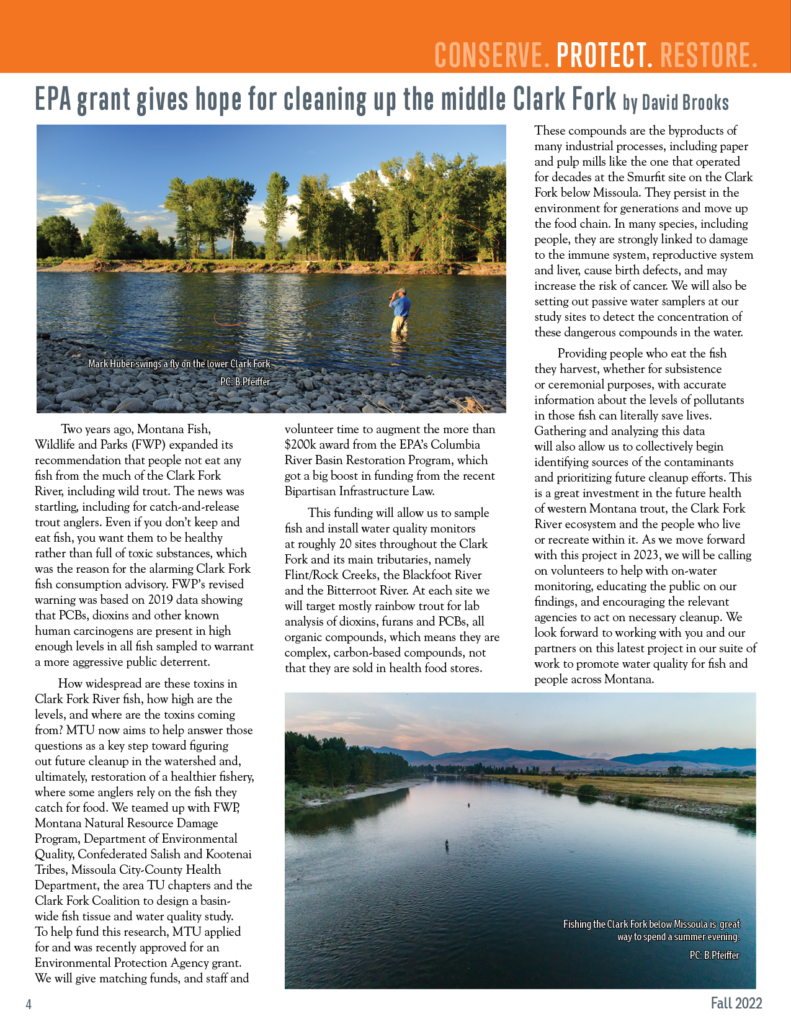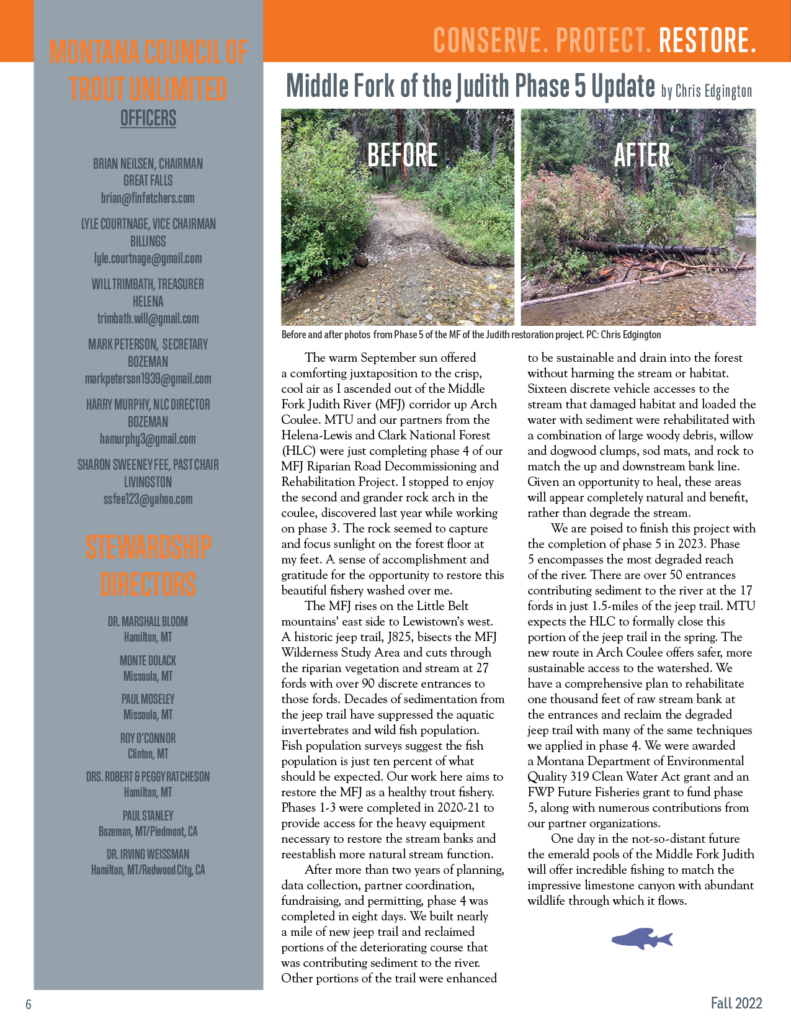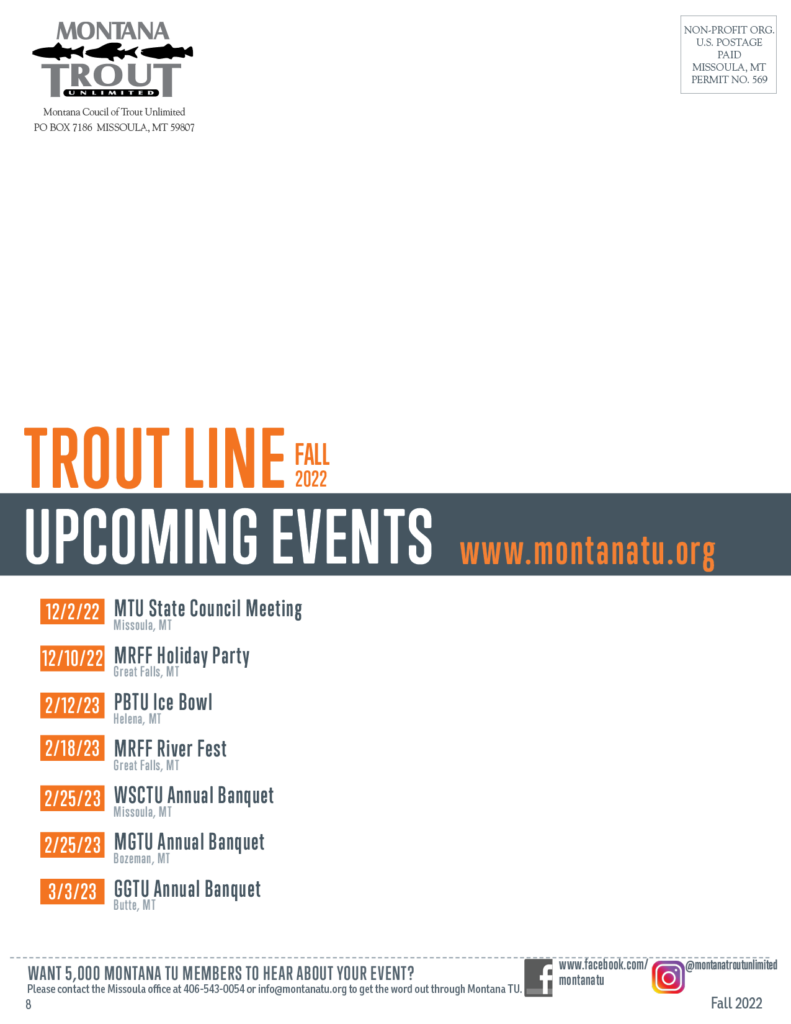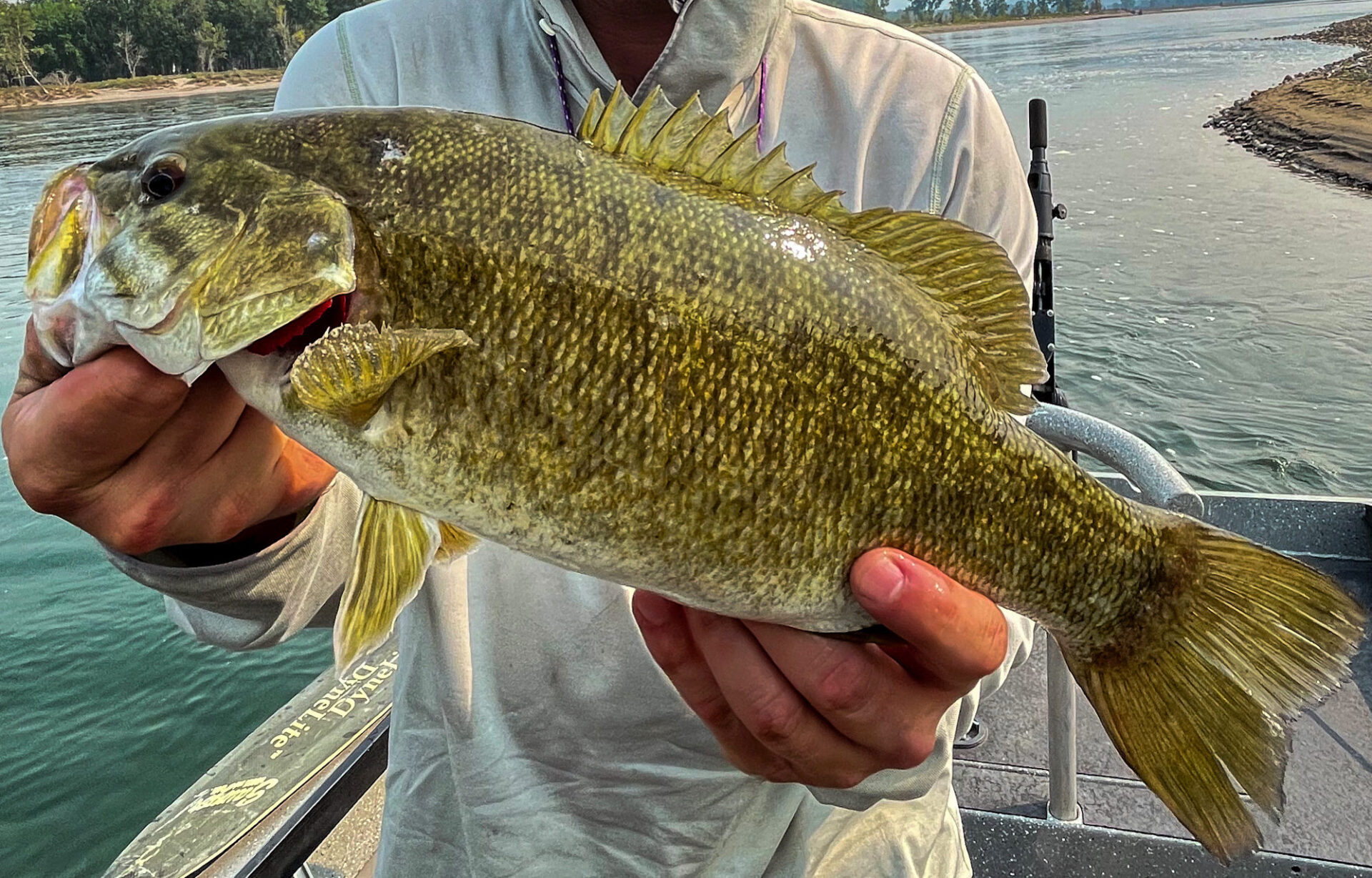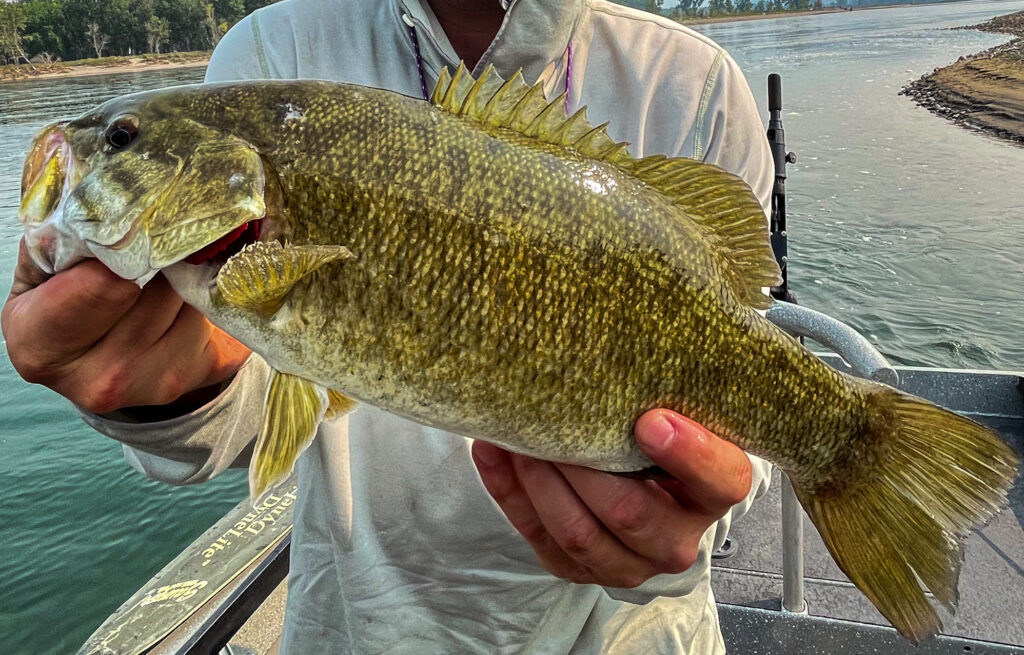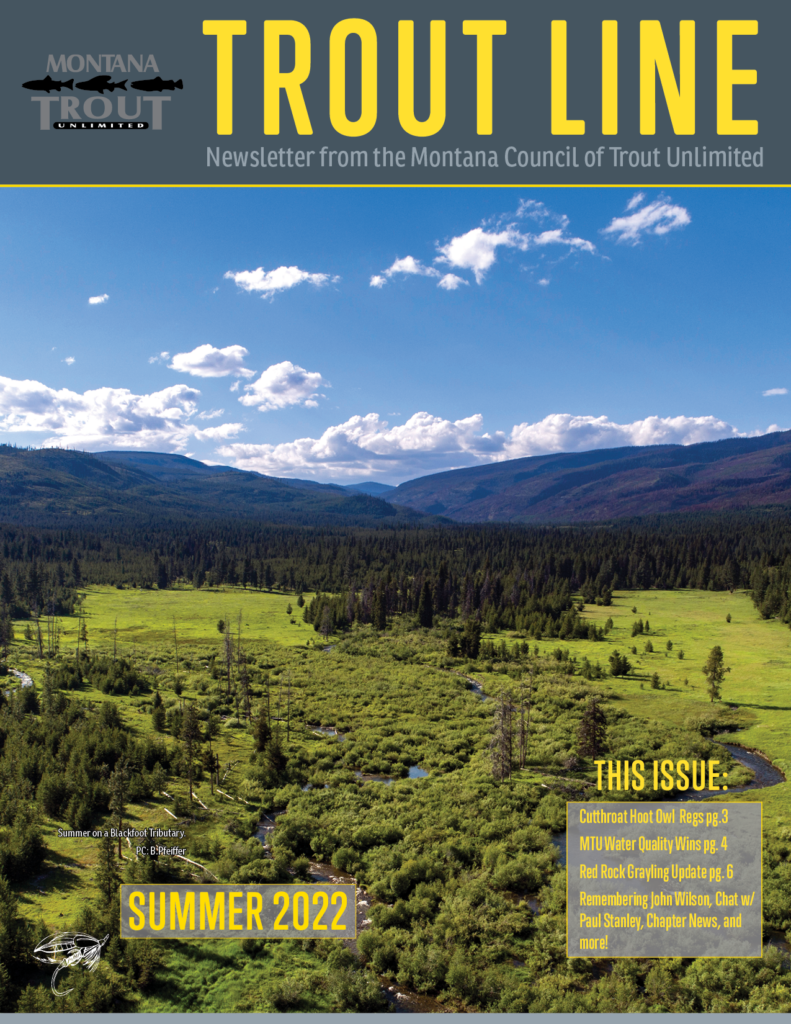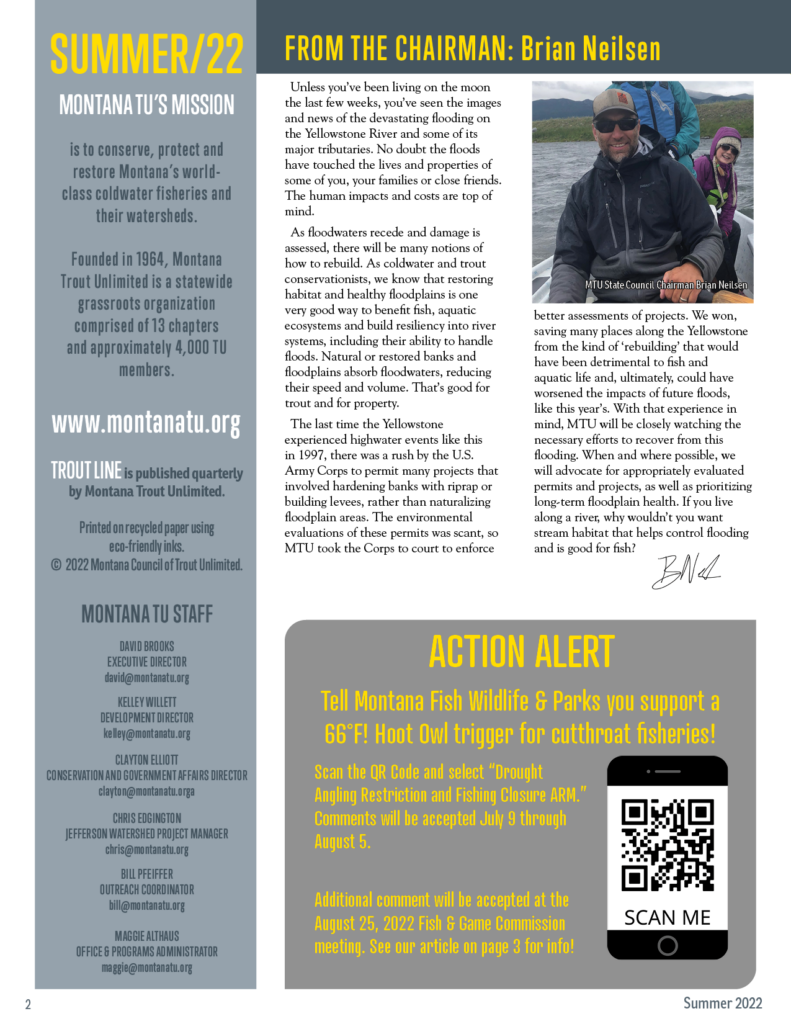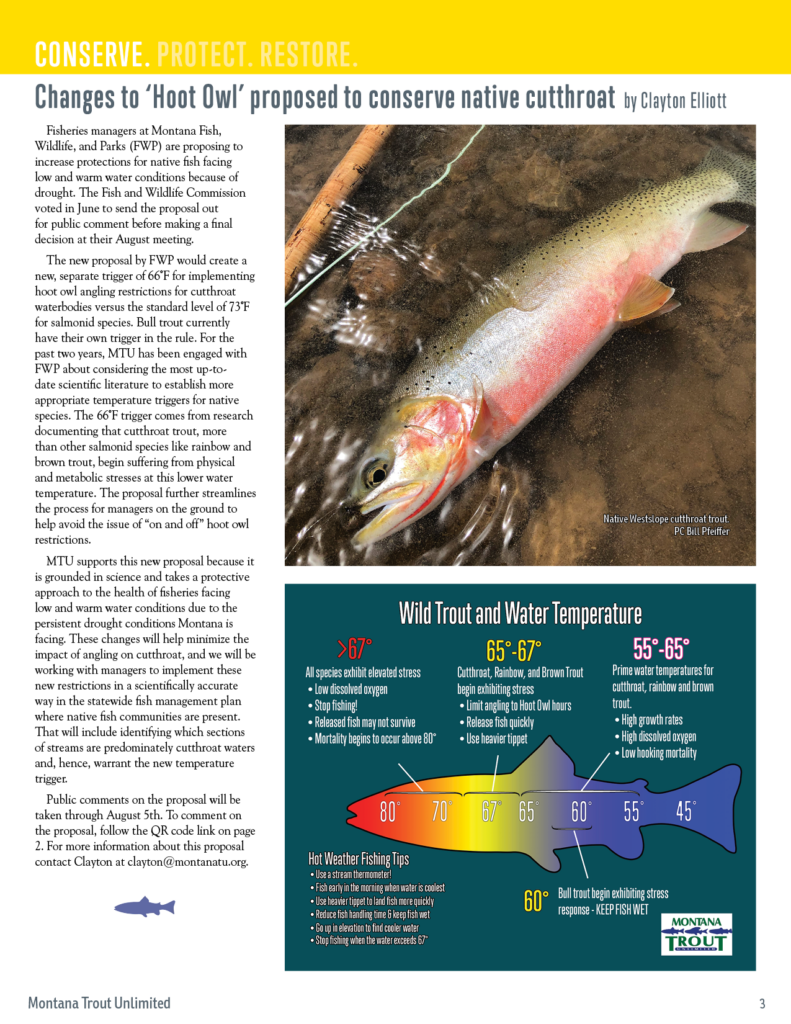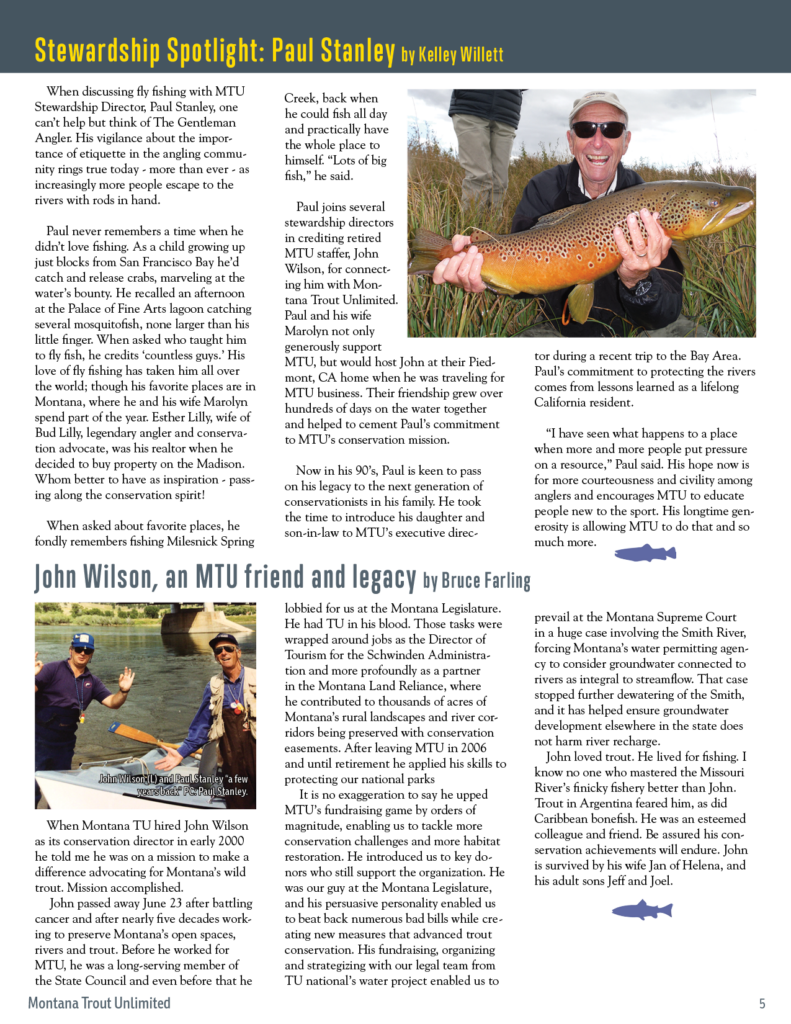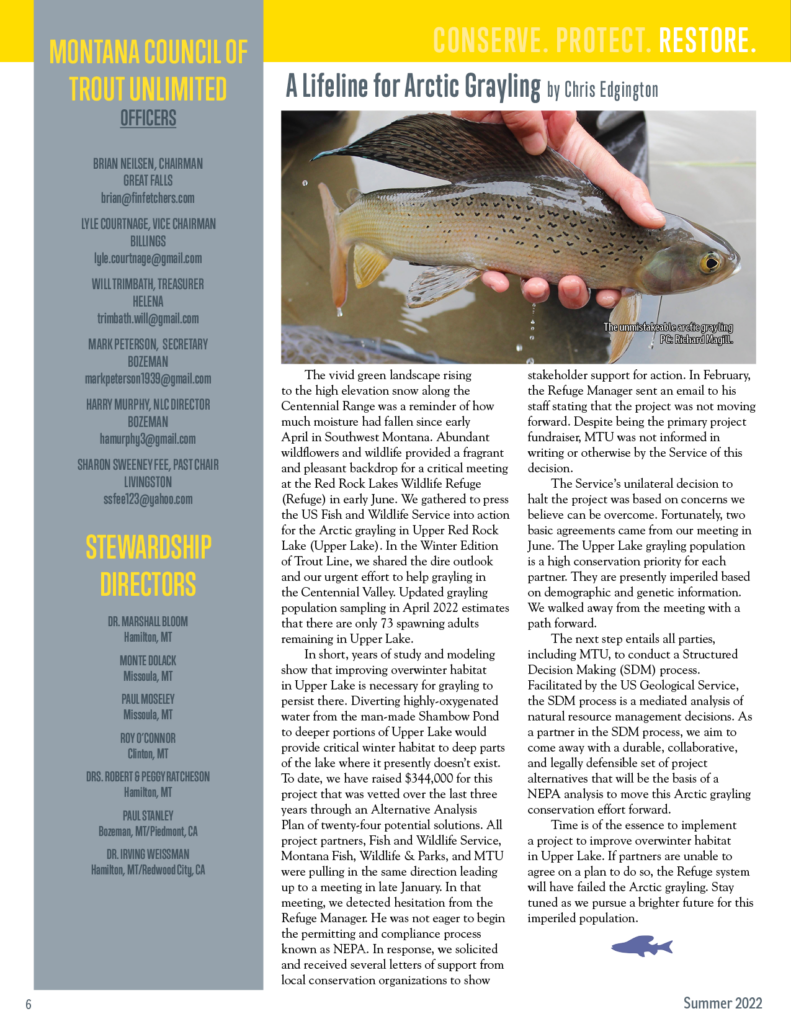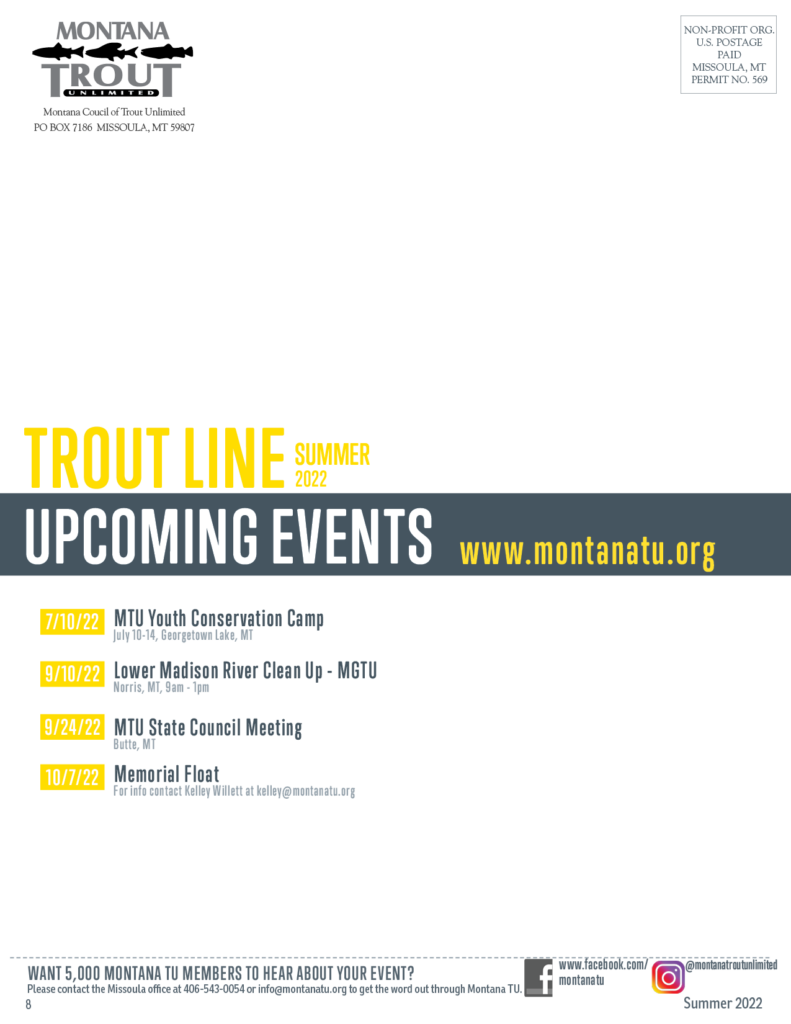Sometimes withdrawing federal lands from mining claims is the right tool to protect precious places. That’s certainly the case with the recent announcement by the Bureau of Land Management (BLM) to protect the Fort Belknap Indian Community (FBIC) and surrounding lands from further mine devastation through a mineral withdrawal around the former Zortman-Landusky mine. Clean water, indigenous culture, fish, wildlife and human health are all too valuable to risk for the profits of global mining companies. While mining is important, it’s not the right use of resources everywhere. This mineral withdraw recognizes that fact.
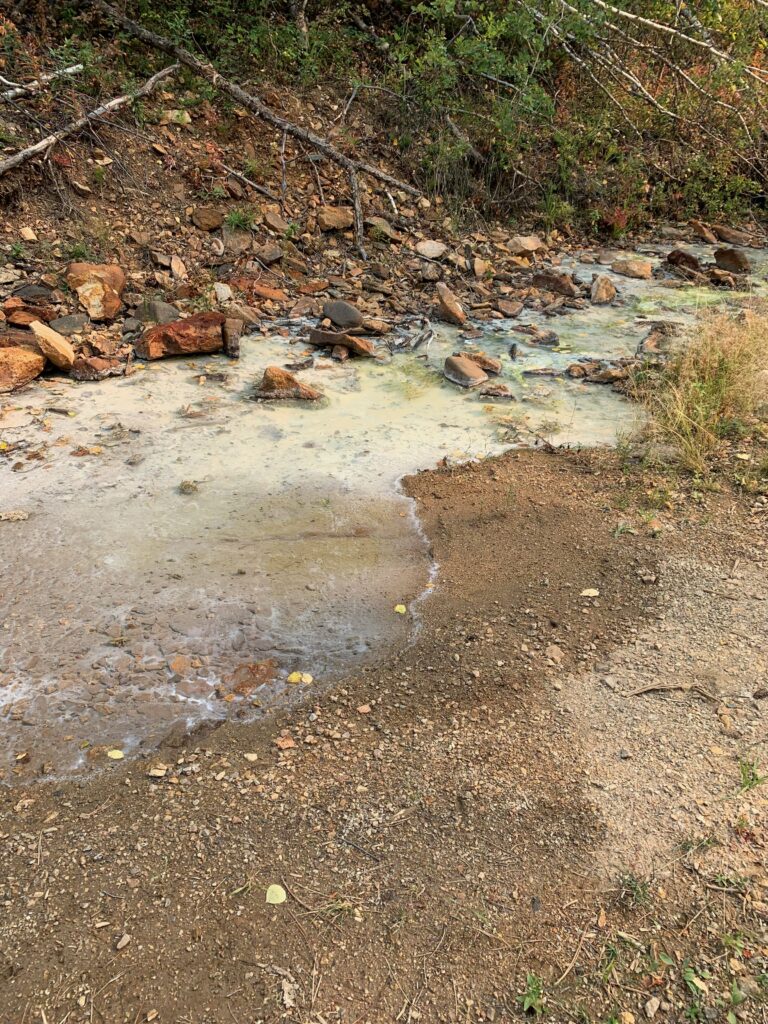
Many know the history of water pollution near the Zortman-Landusky mine. The company that operated the mine, Pegasus, declared bankruptcy, leaving streams in the Fort Belknap Indian Community dewatered and degraded by acid mine drainage. This extensive damage will require expensive water treatment in perpetuity. Montana taxpayers are stuck with millions of dollars of the cleanup and water treatment costs, while the land, water and cultural resources suffer.
In order to protect the Fork Belknap Indian Community and the surrounding environment from more damage, the BLM withdrew an area around the Zortman-Landusky mine from mineral claims. The mineral withdrawal area was up for renewal in 2022. Because of additional need for cultural and ecosystem protection, the BLM listened to the Fork Belknap Indian Community, MTU, our partners, and the public to renew and expand the mineral withdrawal boundary.
MTU is proud to support the Fort Belknap Indian Community and our partners in this wise decision by the BLM. As Fort Belknap Community Council President Jeffery Stiffarm put it, “Good things come to good people! That’s what this team is! Thank you for everything you have done for Fort Belknap!!!” Right back at you President Stiffarm and everyone who championed this effort.
We’d also like to give extra thanks to our partners who worked on this effort, EarthWorks, Montana Environmental Information Center and EarthJustice and all those who spoke up for clean water and environmental justice for the Fort Belknap community. Read the BLM’s press release HERE.


